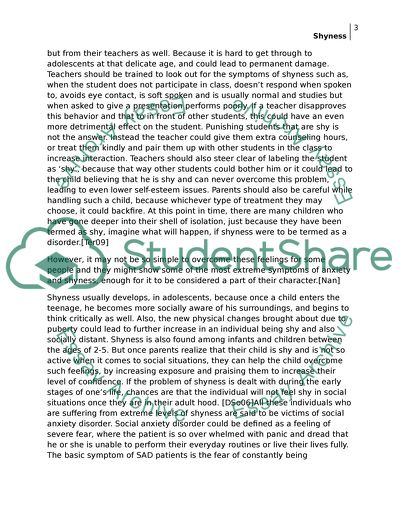Cite this document
(“Shyness- A normal variant of behavior or a disorder Term Paper”, n.d.)
Retrieved from https://studentshare.org/psychology/1395312-shyness-a-normal-variant-of-behavior-or-a-disorder
Retrieved from https://studentshare.org/psychology/1395312-shyness-a-normal-variant-of-behavior-or-a-disorder
(Shyness- A Normal Variant of Behavior or a Disorder Term Paper)
https://studentshare.org/psychology/1395312-shyness-a-normal-variant-of-behavior-or-a-disorder.
https://studentshare.org/psychology/1395312-shyness-a-normal-variant-of-behavior-or-a-disorder.
“Shyness- A Normal Variant of Behavior or a Disorder Term Paper”, n.d. https://studentshare.org/psychology/1395312-shyness-a-normal-variant-of-behavior-or-a-disorder.


